What do Architects do on Site?
When on site, architects have a variety of duties before, during, and post construction. Before construction architects gather data and conduct a site analysis. During construction an architect will advise contractors and keep the client up-to-date on the progress of the project. After construction architects will often conduct a post-occupancy evaluation to evaluate the success of the project.
What does it mean to be “on site”?
“On site” is a reference to the construction site, or job site, or potential place of the future construction site. When somebody is “on site”, they are at the physical location of the job, whether current or future.
On Site before Construction

Architects will visit the physical location of a project long before construction ever starts. There are several reasons for this, including general site analysis, reviewing the site with the client (often considered a part of site analysis), to conduct surveys, to dimension important measurements, or even to talk to the current residents/users when applicable.
Architects will visit the physical location of a project long before construction ever starts
Site Analysis
Proper site analysis is essential before thorough designing can begin. Often this is done in more detail with a licensed surveyor, but there is much information that an architect can gather. Useful information can include simply noting where major noise or smells come from near the site, noting topography – and how it may change wind paths. Noting any nearby animals or livestock may be essential if working in a rural area. In urban environments, understanding the physical context is always important. Often understanding the context of the site – ie, what is nearby/next to the site – is crucial to a project. Going as far as conducting formal or informal surveys or nearby residents may be useful is designing a residential development. At the very least, looking at demographic information already gathered, now easily accessible at a small Google search, can be a major boon to a project.
From a geological standpoint, understanding the soil, sediment, and rock compositions on site can have large implications for where and how a building can be built. Much of this can be contracted out to experts, but often architect supervision will aid efficiency.
On Site during Construction
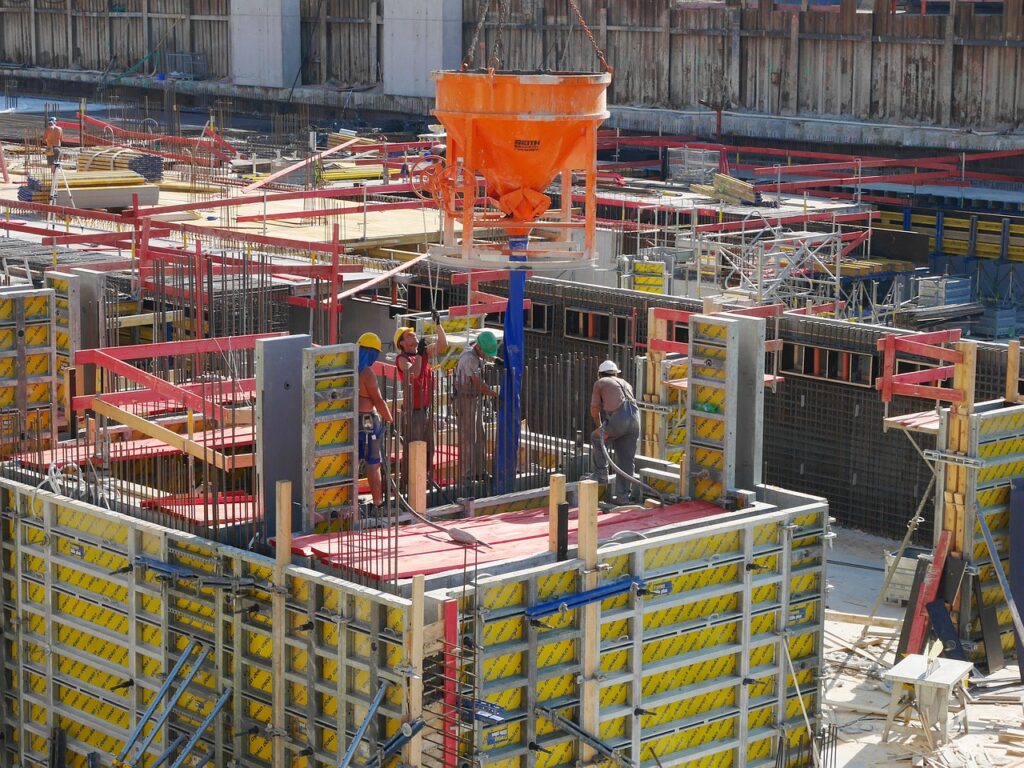
Visiting the construction site during construction is probably the most common time for an architect to be on site.
During construction an architect may visit the job site on a daily to a weekly basis. The frequency depends massively on the size of the project, the size of the firm, and often on the personality and preference of the architect.
These job site visits can range from mundane, standard ‘check ups’, just seeing how things are going to much more in-depth visits.
The AIA’s Architect’s Handbook of Professional Practice states that, on site, an architect should be:
- “Becoming generally familiar with the work through site visits
- Keeping the owner informed about the progress and quality of the portions of complete work
- Reporting observed defects and deficiencies in the work, and deviations from the construction schedule
- Determining in general if the work, when fully completed will be in accordance with the contract documents
- Other more specific responsibilities include the following:
- Reviewing submittals
- Payment certifications
- Project closeout”
To boil it down, an architects’ job on site, during construction, is to make sure construction is moving ahead smoothly – with all the duties that entails.
This will include working closely with the contractors, making sure they are
On Site after Construction
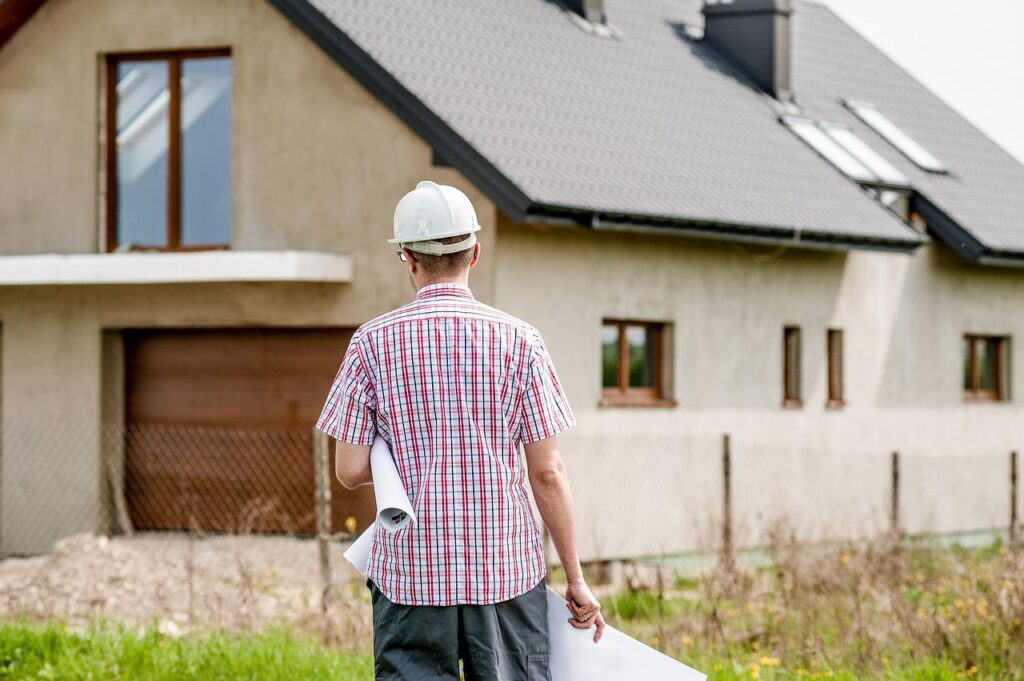
Most surprising of all, to some people, is that architects will often visit a project after construction. There are several reasons why an architect would do this: if there were issues related to construction that had become apparent, or to conduct a post-occupancy evaluation.
Issues with construction
A common reason an architect will visit a project after construction is that there have been issues pop up while the building has been in use – take leaks for example. If it is a serious enough issue, often the architect is the first person the building owner will call up. In a situation like this, the architect will physically tour the building and examine any areas that are causing issues – often with consultants. If the issue is structural, the structural engineer may come along; if the issue was with how the building was constructed, perhaps the general contractor will attend; and so on.
Post-Occupancy Evaluations
Another common reason an architect will be at a project after construction is to conduct a post-occupancy evaluation. That’s a fancy way of saying to examine how the building is fairing now that people are actually using it. The architect may have designed an alcove to be sat in, but how is it actually being used, if at all? These POEs are incredibly useful for two reasons. First, it may be the case that the architect finds issues that are current with the project that can be easily remedied – not enough chairs, blinds don’t work as well as expected, some rooms are too dim. These can often be quickly fixed and improve the quality of the building largely.
The other, and more important reason, an architect will complete a POE is to see how conceptual design ideas have held up to the real world. Did the concepts from schematic design that involved how people relate to each other and their physical world hold up to reality? Here the architect needs to be scientific and emotionally detached from the project. The answers here will have a real impact in how the designer will create and shape spaces in the future.
Who Goes on Site
Many different people from an architecture firm will have to go on site at some point
Pre-Construction
- Architects
The most common person to be on site before construction would be a licensed architect. This would be someone who is familiar with the client, and may have had an interview with the client already and know what to look for. - Unlicensed Designers
This category includes interns, people just starting their architecture career, people who are well into their career and simply do no plan on being licensed, as well as many others.
Often unlicensed designers will go on site before construction for a variety of reasons. A large one is for the experience – it’s a fantastic opportunity for someone to learn. Another is that it is often cheaper to send someone with possibly less skill to a site before construction to do activities such as take photos, or measure/survey the site. This way, the architects or those with more experience can stay in the office working. - Surveyors
Surveyors, often not from the architecture firm, will usually go on site before construction to gather accurate dimensions and information about the site. - The client
Although not from the architecture firm, it is essential to have the client on site – usually with the architect/designer of the project – to be familiar with the site and explain their desires with the designer.
During construction
- Architects
Again, top on this list is architects. They are usually the most familiar with the project, and can be very useful on site to answer any questions. - Construction Administrator
CAs do what the name sounds like. They are the go-between from the design of the project to the construction of the project. They spend lots of time on site. Note that often, especially in smaller firms, the architect or designer for a project will take on the role of CA. - Unlicensed Designers
For similar reasons to why unlicensed designers would be on site pre-construction, they can also be useful to be on site during construction. During construction the experience of seeing a building actually be put up is invaluable, and can be a major boon to designers early in their career.
After Construction
- Photographers
After a project is completed, usually the architecture firm documents their design photographically. These photographs can be used for the firm’s portfolio, and marketing endeavors. Usually the photographer is not an internal member of the architecture firm, but it is contracted out to a professional. - Architects/Designers
Architects and designers may tour the project with the owner after construction is completed. This may be a last review of the project to ensure the client is satisfied. This last review can often be mostly ceremonial in nature, more of a celebration than a detailed review of the work done. - Independent Consultants
Sometimes, often in government projects or very large projects, an independent consultant will be hired to conduct an impartial evaluation of the work done. This may include a Post Occupancy Evaluation.
If you want to read more on this topic, check out these links below:
Ep 071: Architects on the Job Site | Life of an Architect
Roles and Responsibilities of Architects in Construction Projects (ny-engineers.com)
(12) What is the role of an architect on a construction site? – Quora
The Role of the Post Occupancy Evaluation in Architecture | Thought Leadership | HMC Architects
Subscribe to our newsletter for short and helpful industry tips!


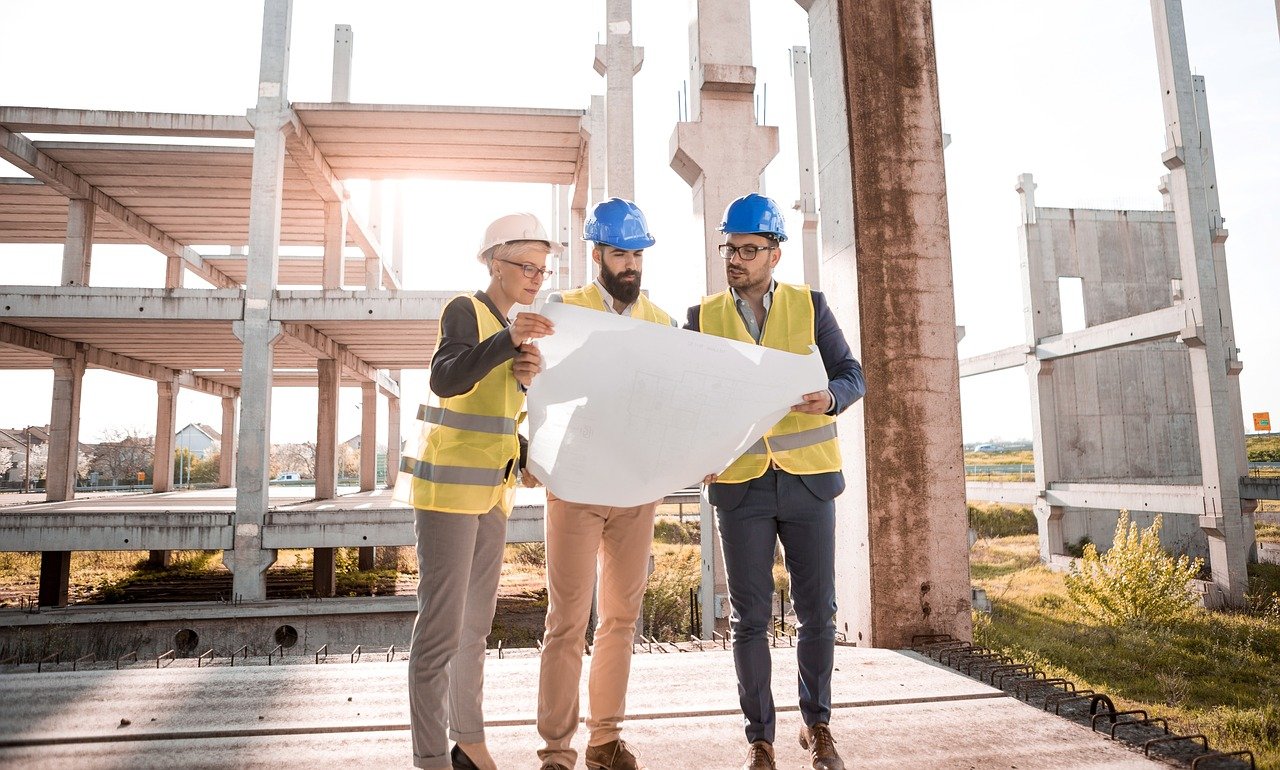



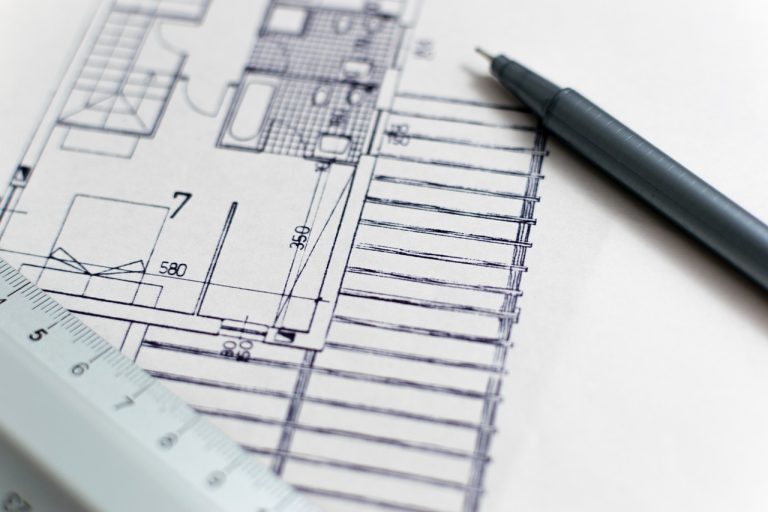

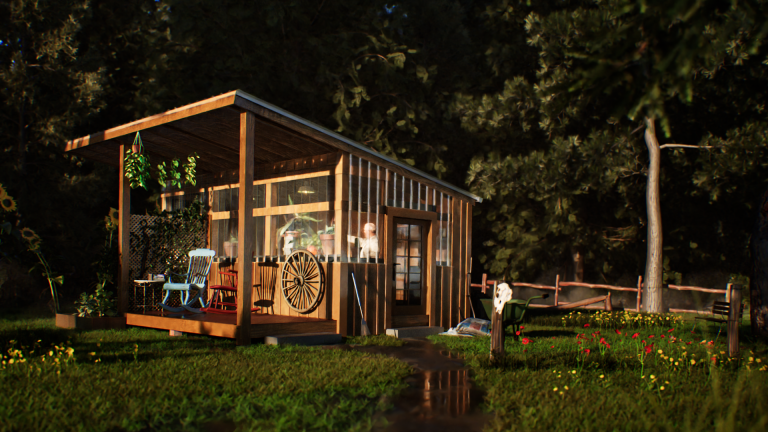
Its good as your other content : D, appreciate it for putting up.